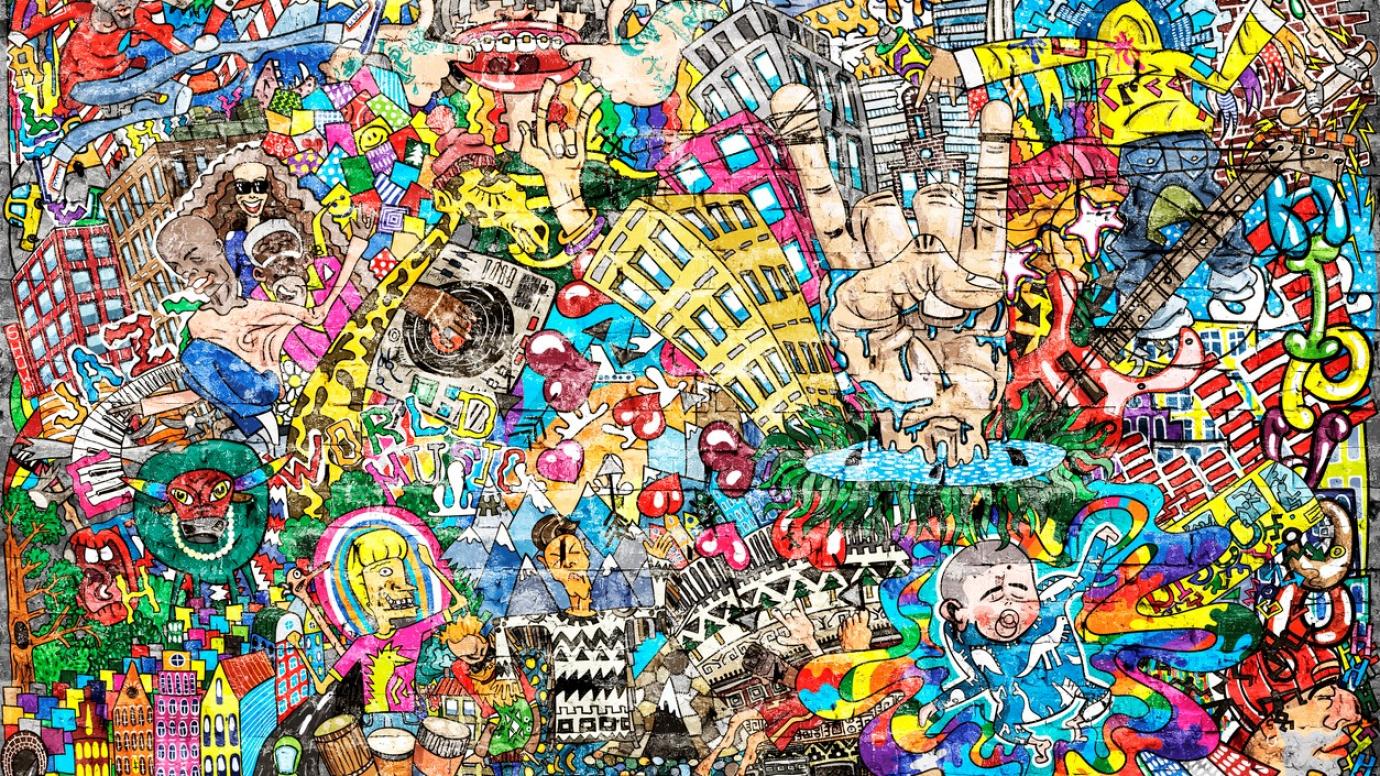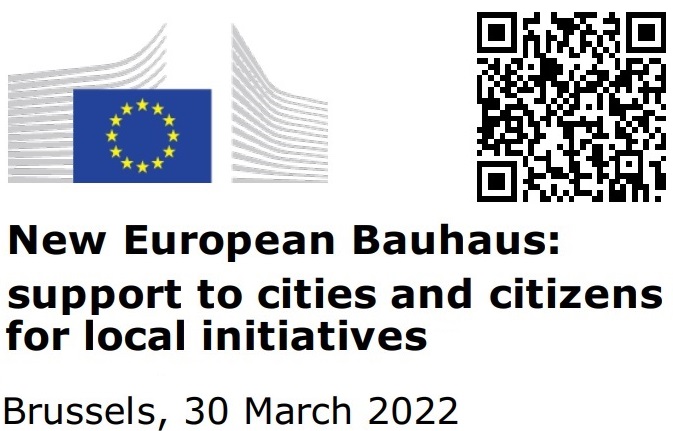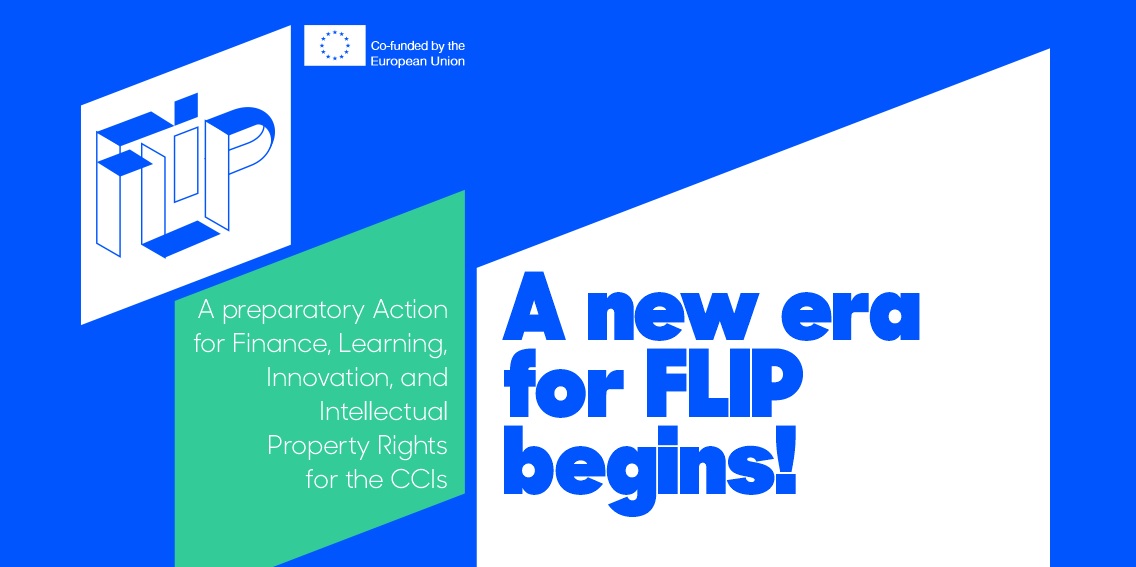Silent youth get their voices back
Silent youth get their voices back
“No one in the family can sit at the same table without it reminding them of their childhood and the taboos that were hidden deep under the carpet. We all had some sad eyes when we looked at each other. There was not a nice atmosphere, it was a bit uncomfortable to sit together.”
This is the introduction to one of the videos in Upstream Stories’ completed Erasmus+ project ‘Tell me about you’, which aimed to train youth workers in the use of digital storytelling as a method in working with young people with problems in life.
“We are called Upstream Stories because we want to give people the opportunity to tell the stories that may be a little difficult to tell or go against the flow. We want to go closer to the source and talk to the people whose voices are not heard that often a lot in the normal media,” says Signe Sander, who is the front person and co-founder of the organization.
The method is well described and is called the Berkeley Method of Digital Storytelling because it was developed in Berkeley already in the 1990s by Joe Lambert and Dana Ashley. In the project, the participants have worked in groups to find their own stories, write a short script and then record and record a film of three to five minutes duration, which they finally share with each other.
Anyone can join
“Digital storytelling is a really powerful instrument for intercultural dialogue. The personal stories that are told are someone everyone can recognise. The participants meet and accept each other where they are, instead of the stereotypes that we often see each other as,” says Signe Sander.
In the process, participants learn a wide range of communicative skills such as writing, reading, listening and giving feedback, but also concrete digital skills such as recording sound and images and editing.
“It is a method that can be adapted to different target groups. If, for example, you have a group of immigrants who have to learn Danish as a second language, you can focus on reading and writing skills. We are very keen that everyone can participate . And then it is important that a product comes out at the other end that they have ownership of and that they are proud of. The participants always know something or the other; maybe they are creative, good at pictures or good at edit, and they learn from and support each other,” says Signe Sander.
It is entirely up to the young people themselves whether they want to show their films to someone outside the workshop, but they are usually proud of them and like to show them to friends and family or others in the same situation, says Signe Sander:
“We ask for permission to share them and have a channel for that purpose, but of course it’s entirely up to them. We don’t show anything if they don’t want it. Not everyone is used to telling someone personal story and having it said out loud and others listening to it can be very emotional.”
The method is spreading
As mentioned, the target group for the project has not only been the end users, the vulnerable young people. The project also aimed to spread knowledge of the storytelling method and train new facilitators who can organize workshops in their respective countries for the young people who, for various reasons, feel discriminated against or on the verge of social exclusion. It all started with a workshop in Denmark for NGO employees from eight different countries, who then went home and made workshops for the young people. Afterwards, everyone met again in Moldova and collected the project and the local workshops.
“It was important for us to meet again to hear how it had gone, hold on to them and support them in the process. Although the method is super good, it can also be complicated to use, so there is someone who can be afraid to go out and use it themselves. That is why it is very important for us to follow up on how it goes when we send out new facilitators,” says Signe Sander.
A new approach to working with young people
The work with the storytelling method is not finished with the end of the project. Upstream Stories and their partners have prepared a so-called ‘troubleshooting manual’ based on the participants’ experiences from the workshops they have held. The manual describes the process step by step and how to tackle some of the challenges you may invariably run into along the way. It is intended to inspire NGOs, teachers and authorities and form the basis for future workshops on digital storytelling.
“We believe that a more innovative approach to youth work is needed, and we believe that digital storytelling and citizen-engaging media can generally give vulnerable groups or people with fewer resources a voice again and thereby contribute to both social and digital inclusion and a democratization of the media,” says Signe Sander.
From The Danish Ministry of Education and Research
In the Erasmus+ project ‘Tell me about you’, youth workers from eight countries met to explore the digital storytelling method and learned to use it in relation to helping young people facing social or cultural challenges. The project was supported with 38,406 euros via Erasmus+
EU: Cultural and creative sectors
Find out what cultural and creative sectors are and how the EU supports them.
See more here: https://culture.ec.europa.eu/sectors/cultural-and-creative-sectors

Mapping of the Cultural and Creative industries
Below you find the following mapping examples:
- Mapping of the creative value chain
- Mapping of Cultural and Creative Industries in Montenegro
- Market analysis of the cultural and creative sectors in Europe
- A framework of mapping the creative and cultural industries
Culture
The link below will illustrate the following questions:
What is culture? How do we define it and how does it change?
We’ll explore different categories of culture, like low culture, high culture, and sub-cultures.
We’ll also revisit our founding theories to consider both a structural functionalist and a conflict theory perspective on what cultures mean for society.
Cultures, Subcultures, and Countercultures: Crash Course Sociology #11 – YouTube
New European Bauhaus: support to cities and citizens for local initiatives
Brussels, 30 March 2022
The Commission announced three new calls to make the New European Bauhaus (NEB) a reality on the ground. The These three calls are:
- The EIT Community ‘Citizen Engagement Call’, which invites citizens to identify relevant New European Bauhaus challenges for their cities and collaborate on co-designing solutions. The projects will help citizens take up more sustainable habits, develop new products, services or solutions and help community members become agents of change.
- The ‘Co-Creation of Public Space Call’, which aims to support projects that find innovative solutions in New European Bauhaus themes. The projects invite local actors to be inspirational, beautiful and sustainable in their ideas to re-design public spaces in cities, urban and rural areas creating new solutions for transformation. The deadline for submissions for the two calls from EIT is 29 May 2022.
- The ‘Support to New European Bauhaus Local Initiatives Call’,which provides technical assistance to small and medium-sized municipalities, which do not have the capacity or rich expertise needed to turn their NEB project ideas into reality.
Se details here: https://ec.europa.eu/commission/presscorner/detail/en/ip_22_2141

Creative FLIP – Finance, Learning, Innovation, Patenting in CCIs
A preparatory Action for the Finance, Learning, Innovation and Intellectual Property Rights for CCIs (Cultural and Creative Industries).
During the European Year of Youth 2022, Creative FLIP is launching an open call for Cultural and Creative Sector (CCS) organizations and structures interested in establishing cooperation projects with schools, introducing students to creative professions and building ties with their local community.
Learning Labs: Team up with a local school from your community to help students discover the exciting future possibilities of cultural and creative professions and skills!
See details here:

Training module template: The first step to online course development
What’s the best way to build training that doesn’t overwhelm people with too much content? You don’t want to create a “training firehose” that leaves them dazed.
See: Building A Training Module In 5 Simple Steps [+ Free Template] (talentlms.com)
From Talent lms
Emotional Intelligence for Youth Work
Handbook EMpath 4 YOUth Project (Manual)
We believe that mental health and well-being of youth workers has particular importance for their job performance and ability to constantly fuel the positive team spirit and group dynamics.
IMPROWISE 3.00
Simulation Exercise, Presentation, Manual, Group Building Activity, Info session
Publication created during the project “improWISE 3.0”, coordinated by Fundacja Innowacyjnej Edukacji, including methodology and practical tools based on improv, drama, physical theatre for social inclusion of youth.
TOOL: Measure the students’ well-being
Well-being is many things, not least among students in higher education, and well-being can be measured and examined in several ways. This tool can be used to measure the students’ feelings in relation to the study. These feelings are interesting, as a new report from Denmark’s Evaluation Institute, EVA, shows a strong correlation between them and the students’ risk of dropping out of their studies.
From Denmark’s Evaluation Institute
The important ingredients for a good international collaboration project
“We are a bit like a bumble bee that can fly – perhaps it shouldn’t be possible, but it is”.
This is how Flemming Østergaard, head of Knowledge and Business at Erhvervsakademi Sydvest (EASV), describes how the educational institution ended up as project coordinator for the international cooperation project WISE Offshore.
The project has recently been completed, and the employees at EASV have therefore gained many new experiences. Because being the coordinator of an international cooperation project in Erasmus+ is something different than participating as a partner.
Return to the institution
EASV is one of the business academies that has taken the lead as project coordinator for an international cooperation project in Erasmus+. At the educational institution in Esbjerg, it has become a higher unit with motivated employees, support from the management and, not least, a gain for the students at the institution.
“Other business academies may be considering whether they have the resources to be part of an Erasmus+ project. If you do it “for the sake of the system”, then you might as well forget it. It requires zeal and support from the management. Fortunately, the management was able to see through the project’s return to the institution in relation to the knowledge we gain and the strengthening of the international network”, explains Flemming.
Pirjo supports and elaborates that EASV has always focused on only getting involved in projects that will contribute to EASV’s core service, which is, after all, higher education.
Try out Erasmus+ as a partner first
Previous experiences from Erasmus+ projects and collaboration projects in other contexts made the employees at EASV convinced that the WISE Offshore project was needed.
“With a previous Interreg project, we had put some things into the lake that should not just die out. An MBA program in the wind, we would like to help develop and make it more digital”, says Flemming.
The previous experiences from collaborations through Erasmus+ benefited the institution, and not least the employees involved.
“I had gotten a taste of what it takes to be involved as a partner. Then I could only guess what is expected as a lead partner”, says Pirjo Brændeholm, who is project and quality coordinator at EASV.
Good advice for others who are interested in international cooperation projects in Erasmus+
Erhvervsakademie Sydvest has both experience as a partner and project coordinator. They have some good advice for other educational institutions that are interested in international cooperation projects in Erasmus+
- Starting out by participating as a partner in a project provides valuable experience
- Experience with and knowledge of running projects is essential
- Participation must stem from “will” and not “can”. There must be a will for the project
- You shouldn’t jump into just any project
- Support from the management is important, and that the management can see the benefit of the employees using resources on the project
Carefully selected partners
The fact that EASV knew the collaboration partners gave the project both a good start and a good course. Previous projects revealed who EASV could advantageously play together with in future projects. Some partners were sorted out, and a completely new partner came in in connection with the WISE Offshore project.
Pirjo emphasizes that it is important to enter into collaborative projects with partners who are just as committed as you are. The content of the project itself is of course important – but the collaboration around it is paramount to reaching the goal.
“Quite simply put, things are connected. A good collaboration produces a good output”, concludes Pirjo.
International problems call for international solutions
The employees at EASV have no doubt why it is a good idea to rush into writing an Erasmus+ application.
“Some issues are just international. These are the same challenges we face, and it makes good sense to find the solutions across national borders”, explains Else Lauridsen, who is a digital development consultant at EASV.
Although it makes sense, it is not without difficulties when you plunge into international waters with a collaborative project.
“It gives a lot to be involved internationally, but it also requires something. After all, we are all different, so we work differently, have different cultures, different roles and different hierarchies”, explains Flemming.
In an Erasmus+ project, the partners have to find out how to bring out the best in each other. It forces everyone to learn to work together despite their differences.
The global approach can be difficult to maintain if you do not reach beyond Esbjerg’s borders. Fortunately, international cooperation opens up new opportunities. And it is not only EASV as an institution that has gained something from the project.
“It is very inspiring to work internationally. The project gave me the opportunity to geek out in a niche, and I have developed a lot professionally”, emphasizes Else, who particularly learned about Virtual Reality.
The WISE Offshore Project
- The name is an abbreviation for: Workable, Innovative, Sustainable Education for the Offshore wind industry
- Business Academy Sydvest (EASV) is the project coordinator
- Partners in the project: Bremerhaven University of Applied Sciences (Germany), DOB Academy (Holland) and Energy Cluster Denmark
- The purpose of the project is to create a new version of the existing MBA education in offshore wind energy. Including developing new education modules and a strategy for ‘blended learning’.
- The project examines, among other things, how Virtual Reality (VR) can contribute to business and education
The project lives on
Although the involved employees from EASV are happy and proud of the project, it has not gone straight from start to finish. You have to be prepared for that when you get involved in an Erasmus+ project.
In part, the process from application to the final report is long and not always user-friendly. And partly the project draws on administrative skills and overview, which are necessary when you are a project coordinator.
Corona, which kicked the legs off almost all international cooperation, also hit EASV.
“Corona presented some major challenges in the first year of the project’s life. We did not get the start we had hoped for or imagined”, says Flemming.
Despite bumps in the road, and a worldwide pandemic, the project has been completed – but the collaboration and the idea from which it all sprang are far from shelved.
“The physical output (the development of the MBA education ed.) does not end because the project has now been completed. It has all only just begun! Now it will hopefully go into reality, where it will work and live on”, concludes Flemming .

5 simple steps to design a successful Horizon Europe proposal work plan
In this article, we outline the main steps one should follow to develop a successful Horizon Europe proposal work plan, as well as provide expert tips on creating and organising project activities and deliverables.